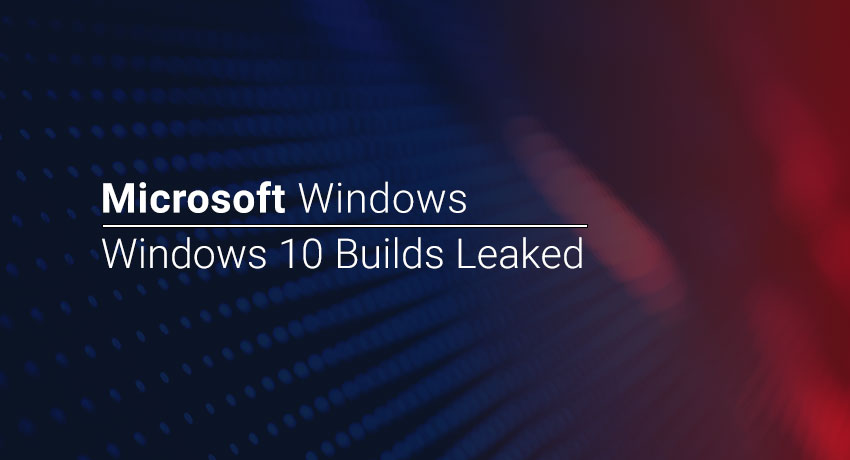
According to the revelations made by the Register in its article dated June 23, 2017, “A massive trove of Microsoft's internal Windows operating system builds and chunks of its core source code have leaked online.
The leaked data which was published or rather uploaded to betaarchive.com is said to be of about 32TB. The confidential data consisted of heaps of software blueprints that are considered very ‘sensitive’ in nature. According to sources the data might have been procured from the in-house systems of a Microsoft facility in the month of March this year.
After digging into the leaked files it was discovered that the contents included Windows 10 ARM-specific OneCore kernel code,
The contents of the leaked files include storage drivers, Wi-Fi stacks, hardware drivers plus Redmond's PnP code and its Wi-Fi stacks. The aforesaid information is vital because it forms the core components of the Windows 10 operating system and if the information falls in wrong hands can expose multiple security vulnerabilities in it. The leaked information was supposed to be one of the most well kept secrets by the software giant. In fact access to it was restricted to only a handful of important entities involved in the Microsoft hardware manufacturing.

What Makes the Leaks a Great Loss for Microsoft?
After some comprehensive investigations it has now been concluded that the leaked data contains the yet to be released 64-bit ARM palates of windows. The leaks have also shed light on the top secret Windows 10 “Redstone’’ builds which has now been dumped online.
What makes it even more challenging for the software giant is that there are reports of its firmware security mechanisms capabilities reduced to a large extent. There are reports that the firmware security mechanisms have failed which now means that people cannot be stopped from rebooting their systems with the pre-release version of Microsoft Windows 10 operating system.
Now that’s a Bummer…
A mobile based toolset called the Windows 10 Mobile Adaptation Kit has also been dumped online. This toolset is used to get Windows 10 up and running on compatible handheld devices.
The last time when such a leak was initiated was back in 2004 when Windows 2000 source codes was made public. The present Windows 2010 leaks is considered to be even bigger and would have several damaging effects on Microsoft.
